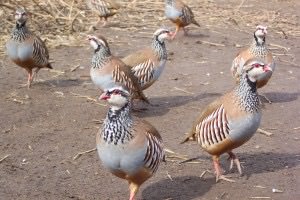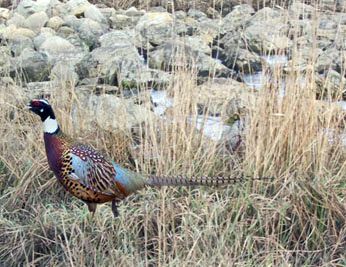Chick Shipping Strategies
Over the 2014 hatching season 1.17 million pheasant chicks went to customers all over the U.S., Canada, and internationally. The majority of these went by U.S. postal service and air freight.
The remainder of the chicks were either picked up at the hatchery or delivered in our chick trucks by experienced drivers.
In the latter cases, the chicks are under our control until they are in the hands of the customer. This makes the job of chick handling much simpler than in the case of shipping by post or air freight. To increase the success of shipping through the mail, we must take extra precautions prior to putting the chicks in the hands of people who don’t always have the knowledge of how to properly handle day old chicks.
Over the season the external conditions the chicks will encounter will change from freezing temperatures in March to extreme heat in June and July with all possible variations in between. Because of this the hatchery staff must adopt shipment strategies that will increase the likelihood of the chicks reaching their destination in good condition based on projected weather for the different regions.
The vast majority of our chick shipments go in our trucks to the Minneapolis Airport where they are held in a specially designed area for live animal transport until being loaded on planes or trucks for delivery. Because they are in good hands at this time, it is the point beyond this that we worry most about poor handling. Thus it is the conditions at the destination that largely determines how we will box the chicks and what precautions to take.
In the beginning of the season we use several strategies to keep the chicks from becoming chilled during transport. First, we put more chicks per box to help raise the internal temperature through the extra body heat produced by the chicks. 130 to 140 chicks is the common amount that will be in each box at this time of year.
For small orders of 20-30 chicks, we use a small box with a strip of corrugated barrier paper placed inside the compartment with the chicks. This barrier protects the chicks from direct contact with cold, outside air and drafts while still allowing for adequate ventilation.
In many cases at this time of year some of the box holes will be taped over on the side of the box as well as on the lids. We also use a winter style lid with much smaller and fewer holes when the temperatures are really cold.
All single box orders or the bottom box of a bundle will have Styrofoam insulation under the chick pad in each compartment with the chicks. This year due to the extra cold spring, we added a second, external Styrofoam pad strapped to the bottom of any box that would potentially be placed on a cold surface. This practice was started part way through the season and seemed to be very beneficial in preventing chilling of the chicks, and we will continue this strategy in the future.
It should be noted that the internal Styrofoam insulation pads are used all season long both for hot and cold conditions.
During the mid-season our staff has to be flexible in how chicks are boxed and how much tape to use over the holes of the box. An order to Hawaii will be boxed at 105 with no taping of holes while an order to Maine the same day may go at 130 chicks in a box with some holes taped.
During the hot months (80 degrees +) we reduce the number of chicks per box to 100 or less to reduce the heat produced by the chicks themselves. Extra hydrating gel can also be used in shipments that are going long distances to hot regions like Hawaii or the southwest United States. We use this gel in all postal shipments to keep the chicks from becoming dehydrated en-route, but use extra in extreme cases like these.
These are some of the strategies we employ throughout the hatching season to increase the success rate of shipping day old chicks through the mail. Although we cannot prepare for all the potential problems and prevent all possible disasters while the chicks are out of our control, by taking these simple steps we can greatly increase the percentage of quality chicks alive on arrival to our customers.
Related Posts
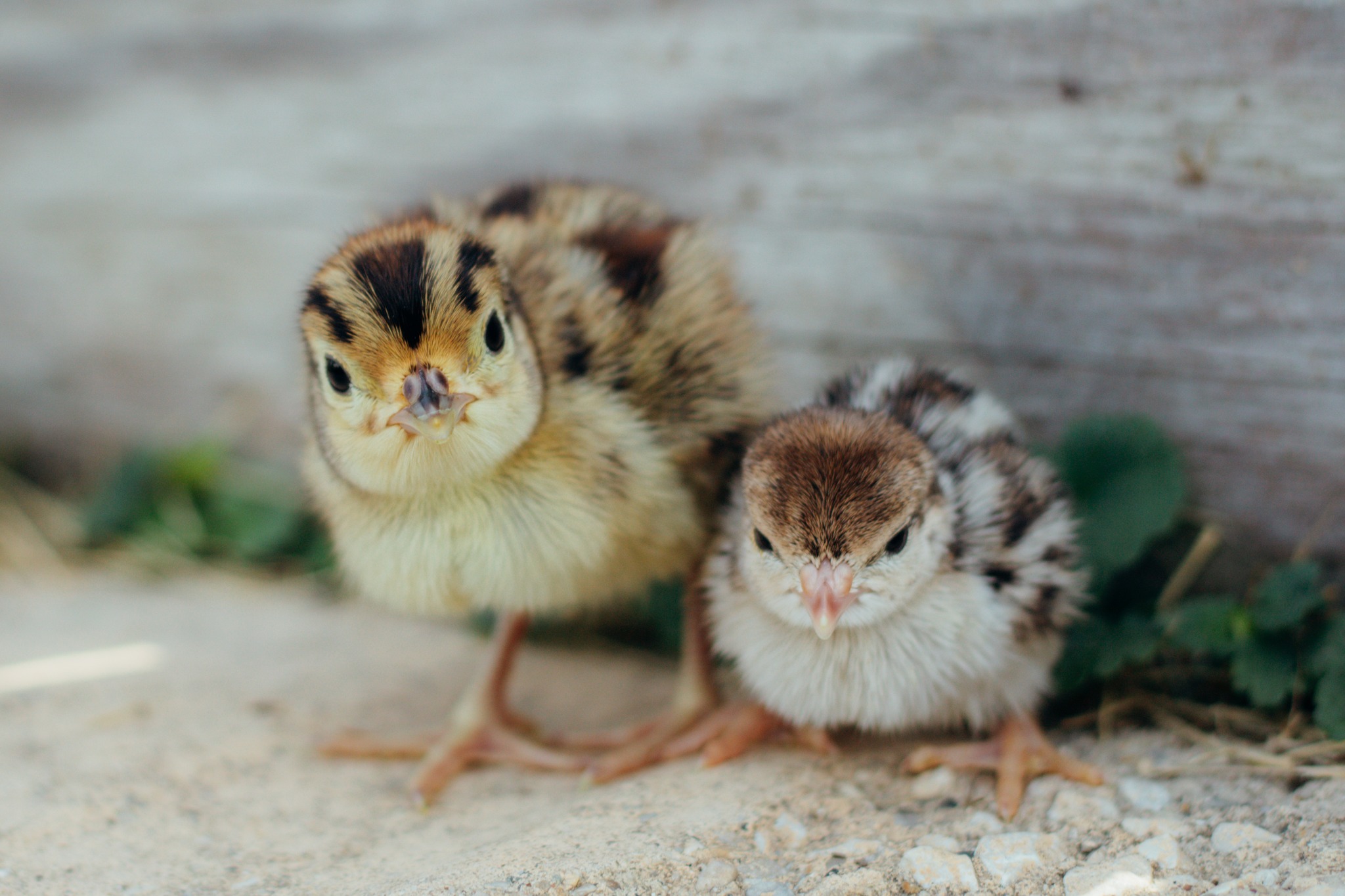
Shipping Chicks Safely During Cold Weather Months
Read Post

Preparing Our Barns & Pens Each Spring
Read Post
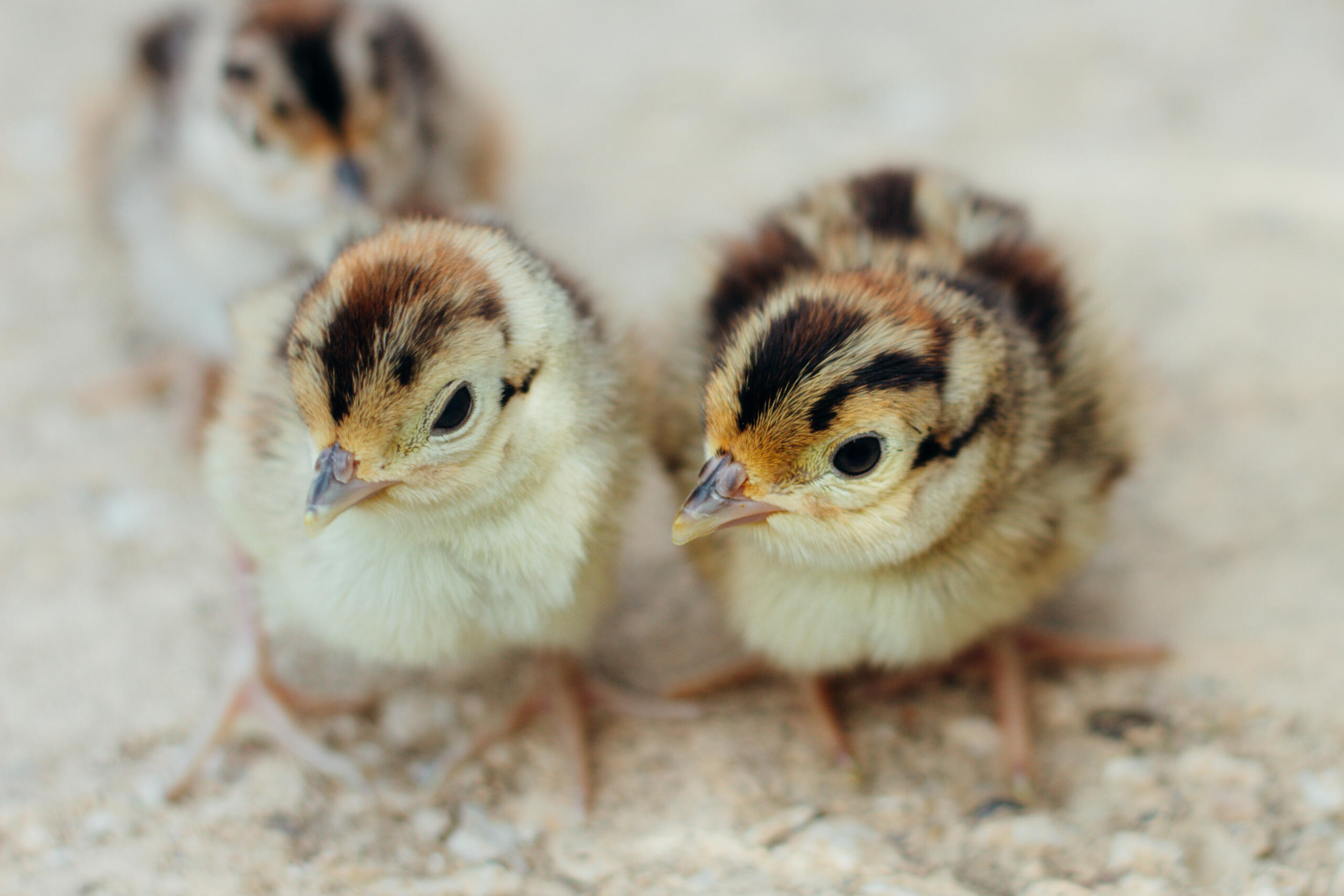
A Comparison of Hatch Data Between Two Different Genetic Types of Pheasants
Read Post

Post Office Tells FedEx to Start Carrying Live Animals
Read Post
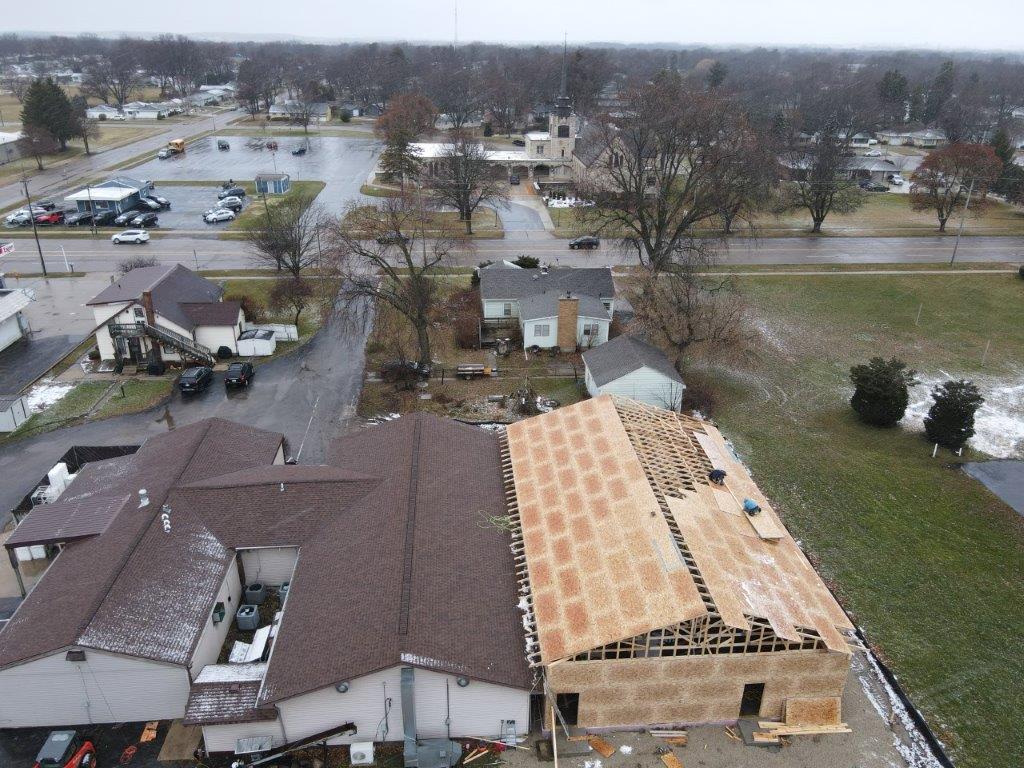
Hatchery News at MacFarlane Pheasants
Read Post
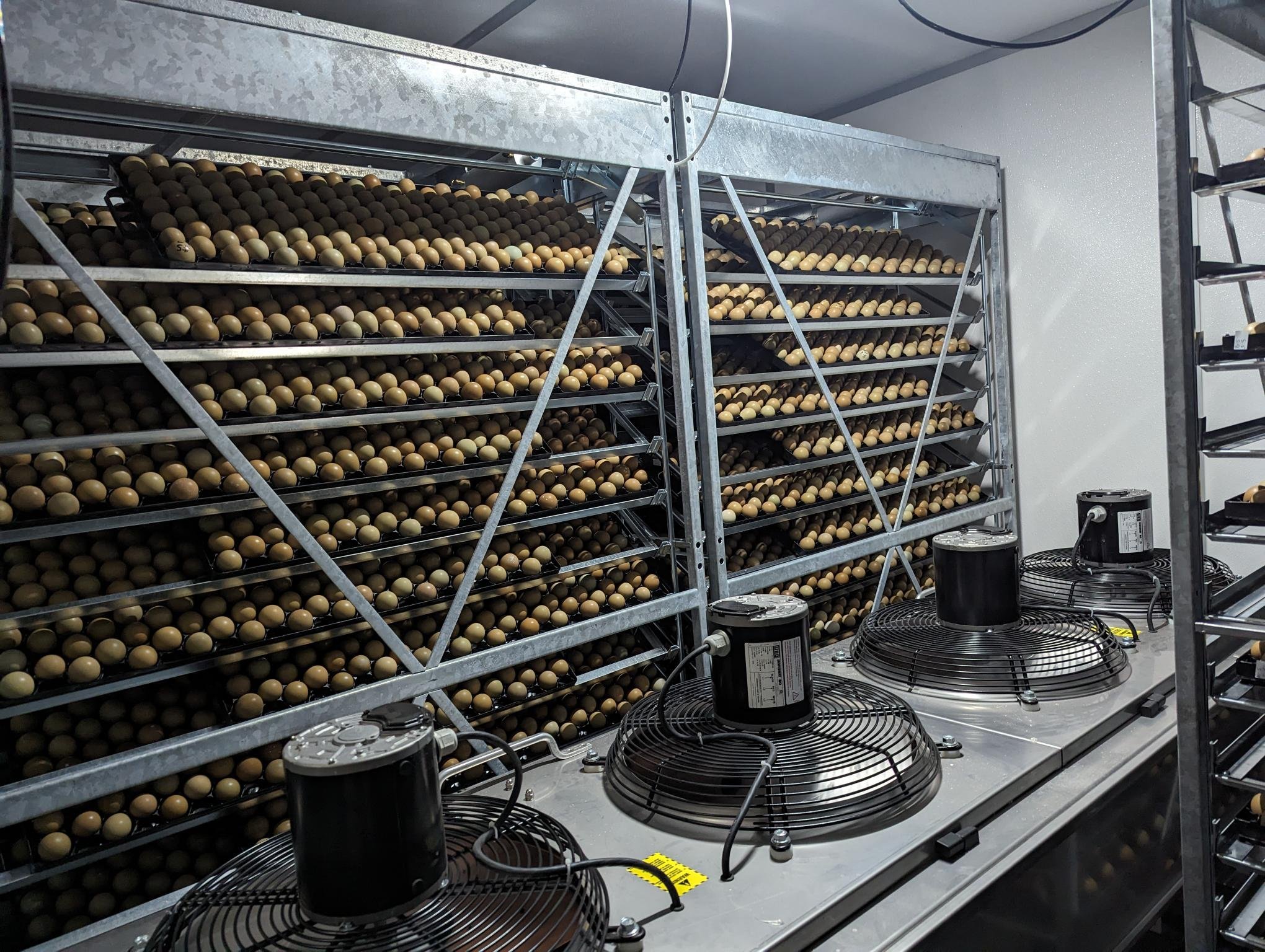
10 Hatching Tips for Incubating Pheasant Eggs Successfully
Read Post

6 Feed and Water Procedures to Keep MacFarlane Pheasants Healthy
Read Post
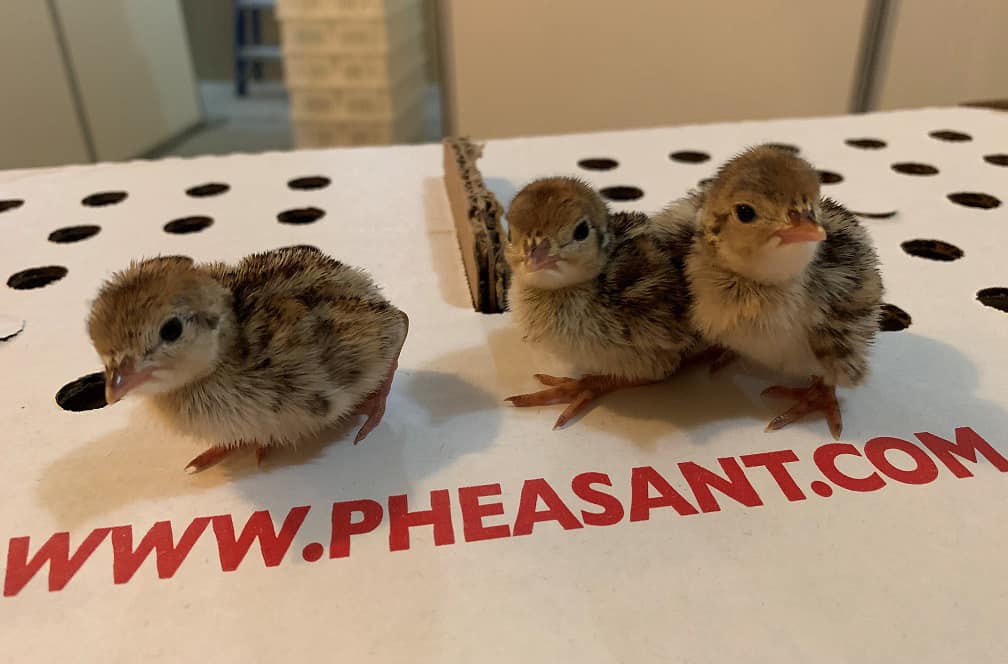
A Day in The Life of the Hatchery Manager and Chick Deliveries
Read Post
Take Advantage of These Free Resources
As the biggest game bird farm in the United States, we want to share our experience with you. Download our free resources below and get started.

